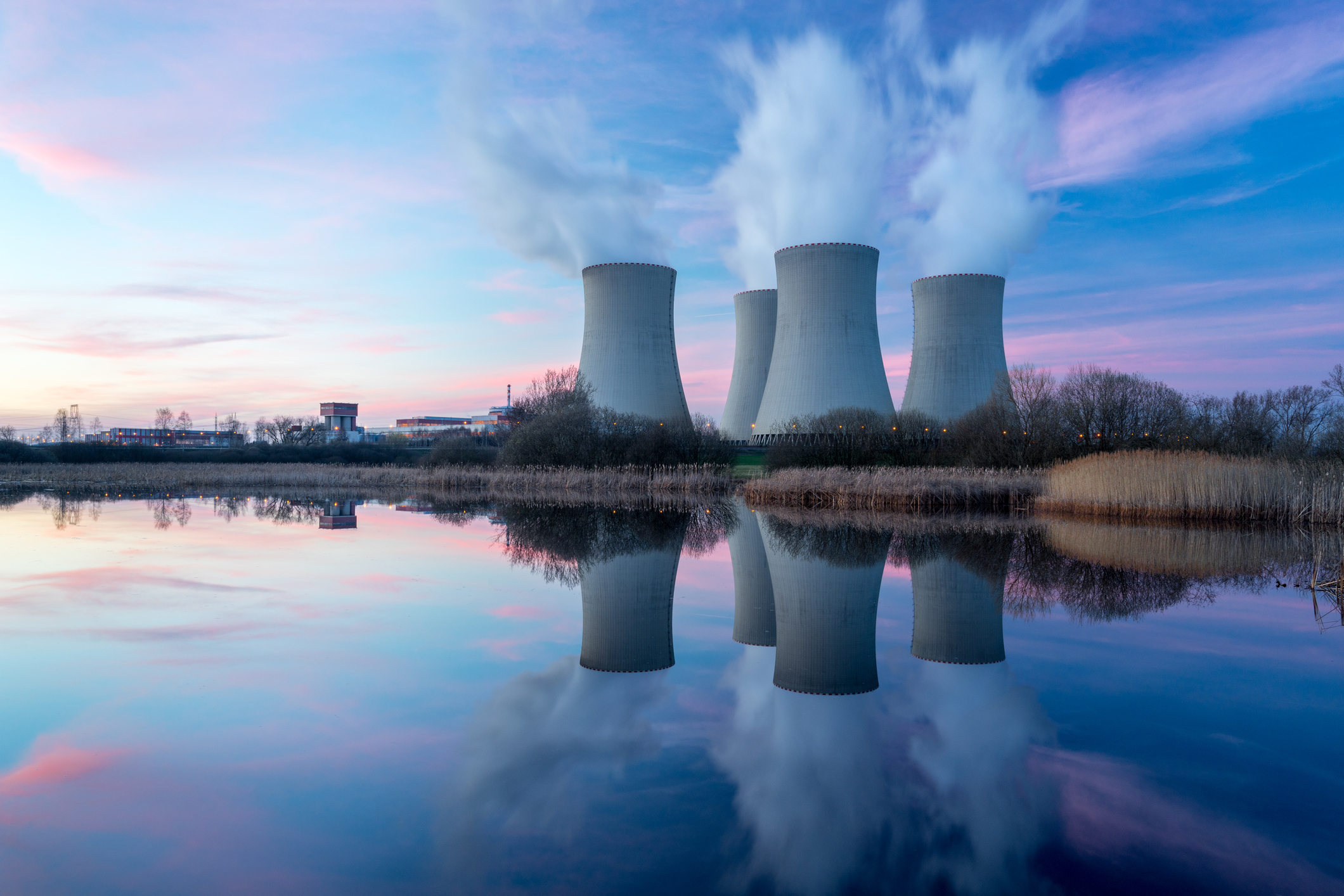- The fuel for almost all nuclear fission is uranium-235, the isotope that can produce a fission chain reaction. Most uranium mining companies are fairly specialized.
- Because more than 99% of the world's supply is uranium-238, most must be enriched into uranium-235 -- a lucrative business for the small number of companies that do it.
- Only a small handful of companies have the expertise and financial strength to deal with nuclear reactors.
- Commercial nuclear reactors have been very large in scale to maximize efficiency, since smaller-scale reactors could not compete on efficiency.
Looking beyond fission, there have been major advances in nuclear fusion in recent years. Long considered the holy grail of energy, fusion is, to quote the International Atomic Energy Agency, "the process by which two light atomic nuclei combine to form a single heavier one while releasing massive amounts of energy."
Fusion could provide virtually limitless clean, safe, and affordable energy to meet the world's energy demand. The problem: It's incredibly hard; we are talking about the equivalent of making miniature suns, after all.
But the upside is almost immeasurable. Fusion would be significantly safer and cleaner than any other source of energy under humanity's control today. But we still don't know how many more decades before fusion is more than just an expensive experiment, much less anywhere close to commercially viable. And we need more clean energy now.
Back to fusion. After many years of negative sentiment, nuclear energy is back on the table -- for good reasons, based on its clean-energy bona fides and a safety record that has been marred by a small number of high-profile events but is far safer than many people think.






